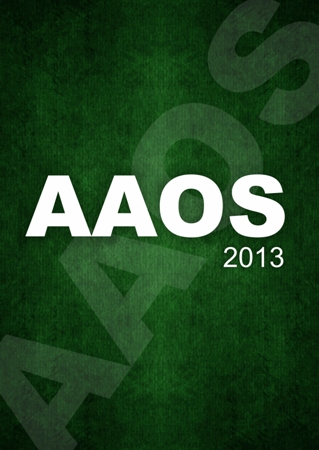
AAOS: Metal ion release substantially increased with metal on metal articulation in THA

AAOS: Metal ion release substantially increased with metal on metal articulation in THA
Metal on Metal versus Polyethylene in Total Hip Arthoplasty: Ten-Year Results of a Randomized Clinical Trial
Did you know you're eligible to earn 0.5 CME credits for reading this report? Click Here
CONFERENCE ACE REPORTS
This ACE Report is a summary of a conference presentation or abstract. The information provided has limited the ability to provide an accurate assessment of the risk of bias or the overall quality. Please interpret the results with caution as trials may be in progress and select results may have been presented.
Synopsis
41 patients were randomized to determine the difference in metal ion release between metal on metal and metal on polythethylene articulation in total hip arthroplasty. Patients received either a metal or polyethlyene acetabular component, and were followed up for a minimum of 10 years for clinical, radiographic, and metal ion concentration outcomes. Results at 10 year follow-up indicated that meta...
To view the full content, login to your account,
or start your 30-day FREE Trial today.
FREE TRIAL
LOGIN
Forgot Password?
Explore some of our unlocked ACE Reports below!

Learn about our AI Driven
High Impact Search Feature
Our AI driven High Impact metric calculates the impact an article will have by considering both the publishing journal and the content of the article itself. Built using the latest advances in natural language processing, OE High Impact predicts an article’s future number of citations better than impact factor alone.
Continue



 LOGIN
LOGIN

Join the Conversation
Please Login or Join to leave comments.